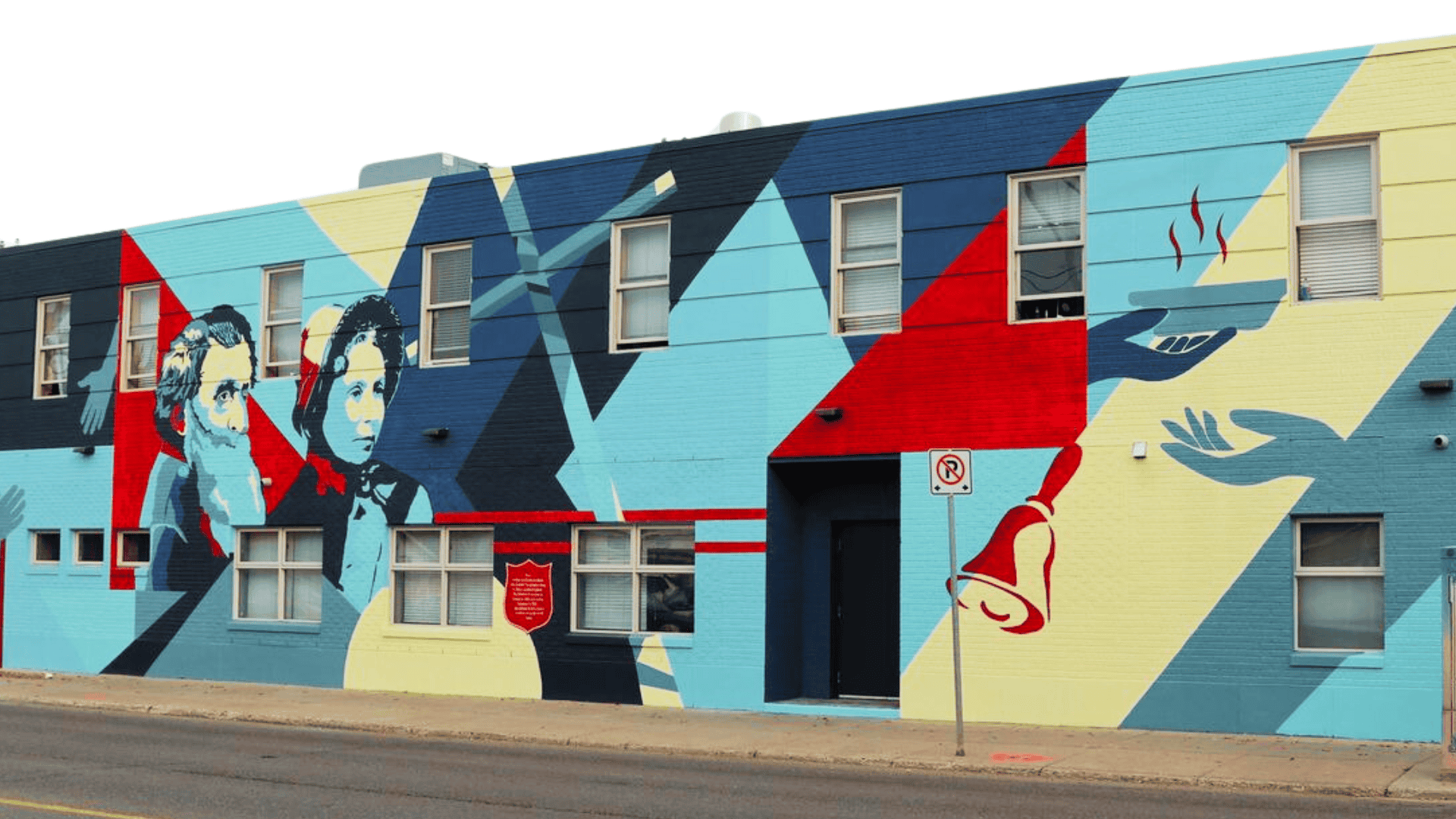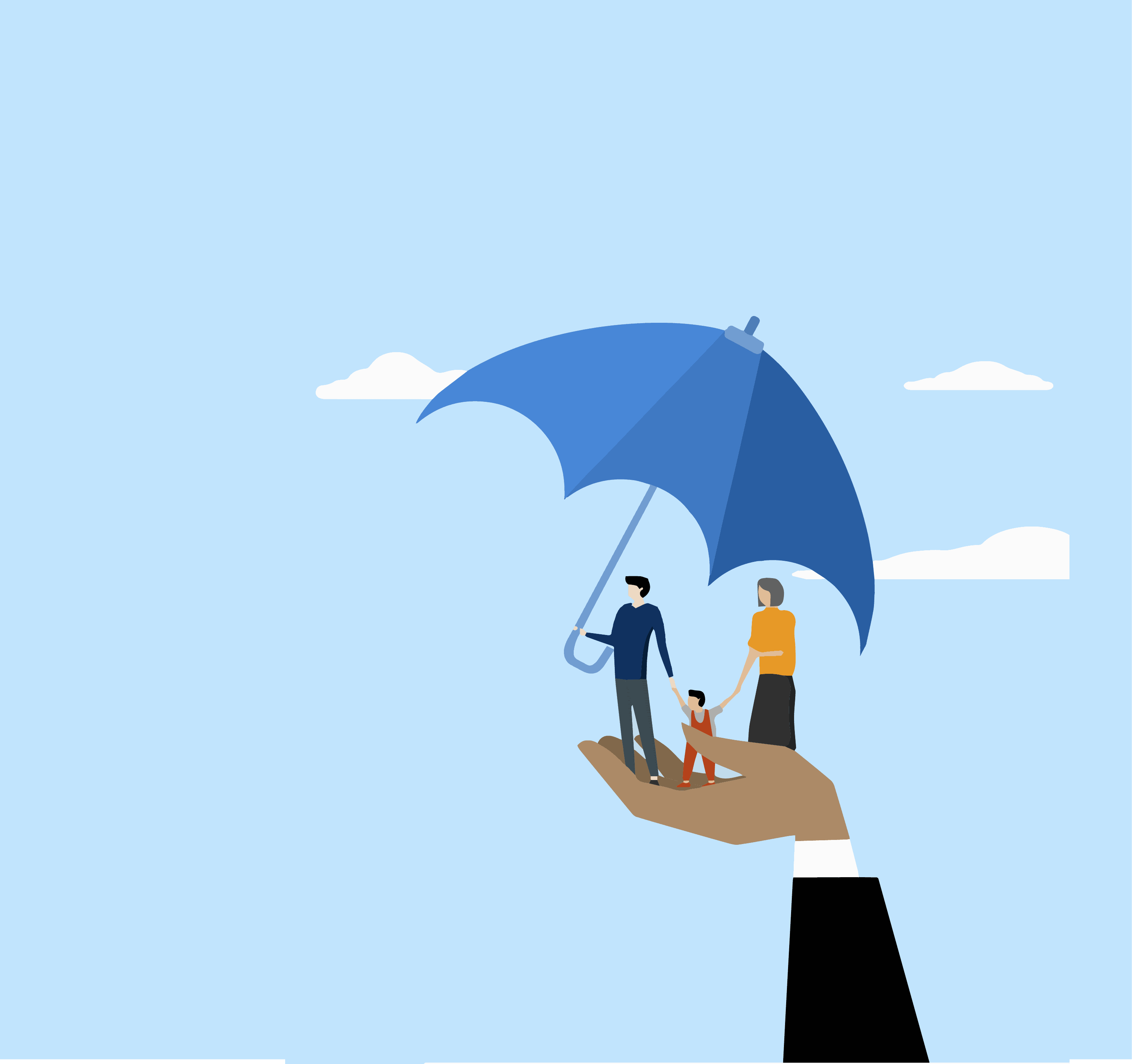Prairie Harm Reduction Offers Safety and Dignity without Stigma
In our October 2020 conversation, Jason Mercredi of Prairie Harm Reduction spoke with Don Ewles, Grants Manager, about his organization’s timely common sense solutions, and the importance of safety and dignity.
DE: For many years, your organization was called AIDS Saskatoon and now it has become Prairie Harm Reduction. What was behind that change?
JM: We do HIV prevention still, but we do a lot of harm reduction…outreach programming that works with families and kids, social services, health and justice. So harm reduction really captured the heart of what we do. We wanted to have something in the name that highlighted we are from the prairies. We are doing progressive social policy work and so Prairie Harm Reduction is a name we are very proud of.
DE: Do people with HIV still know this is the organization that can help them?
JM: Yes, we have between 350 and 400 clients with HIV and they still feel comfortable coming to us. A lot of times they are even more comfortable. They will bring their friends, or family now, because that stigma is not attached. They can just say, “This is Prairie Harm Reduction, and they do all these things.” We work with over 1,200 people in the community on an intensive case management basis, so…only a third of our clientele have HIV…it’s a big portion of what we do, but it’s not all we do.
DE: What are you doing for the other two thirds who don’t have HIV?
JM: Over half of our funding is for family support programs, working with families that are at risk of having their children apprehended, dealing with various issues—domestic violence, poverty, food insecurity, housing insecurity, mental health issues, addictions. We work very closely with the families to ensure that kids are safe, but also to ensure that kids can stay in (their) homes and don’t have to have ministry involvement. That program goes up until midnight seven days a week. We often go into the homes that nobody wants to go into. We build up relationships with those families, and we are able to get them into a safer situation.
DE: You recently moved to 20th Street from 33rd Street. What prompted the location change?
JM: We knew we needed to build a safe consumption site because the overdose crisis was really starting to spiral underground but people weren’t talking about it publicly. The health authority has these maps of the city that show where the most overdoses happen and where the most HIV infections happen and they were all in Pleasant Hill within 150 metres of our (current) building.
We really push HIV education, harm reduction supplies, and needle safety. We have picked up well over 60,000 needles in just under a year. Our needle disposal bin, which holds 72 litres of needles, is emptied every three weeks. On top of that, we have a full-time (staff person) who goes out and picks up needles. When people come into our consumption site, they get a needle, but they dispose of it before they leave the building. No harm reduction paraphernalia ever leaves our facility.
DE: Why was the Emergency Community Support Fund grant for the public washroom in Pleasant Hill so important?
JM: When COVID first hit, we really shifted our services. We had to shut down to flatten the curve as everyone did. So, we were still providing services, but we provided them at the isolation hotels and the (service delivery hub at White Buffalo Youth Lodge. (Because there were no public washrooms for the people we serve)…there was no way for people to have dignity. It was really sad. Since we got the grant to operate the washroom, we’ve been steadily busy. We hired a local youth who graduated from Core Neighbourhood Youth Co-op. That position has allowed us to provide a safe space where people can have dignity and respect and feel like a human.
It’s been amazing working with the community foundation during the pandemic. This is the first time in my (career) where we talk to a funder and they go make it happen for us, so we can focus on keeping the community safe.
DE: What is unique about Saskatoon Inter-Agency Response to COVID-19?
JM: I think it’s about relationships. We have very good relationships between organizations. However, we can’t overstate that when Saskatoon Community Foundation and United Way pooled resources, it allowed us to (focus on our work.)
We asked, “What needs to get done, and who are the best people to do each task?”
Literally, everyone just said, “Where do you need me? Plug me in there.”
That doesn’t exist in other cities, and you see the results. We’ve been able to keep COVID out of this vulnerable population for longer than other provinces and other cities.
DE: Do you think that we can keep this model going to address other community issues?
JM: I think so. People are saying that this is the new way of doing things. Because we’ve had so much success, we realize that we need to be way more collaborative. We need to be way more inclusive. We’ve seen leadership from government to health to CBO to even clientele. That collaborative nature from the top can allow us to solve systemic issues.
I think the biggest success we had was when Northwoods City Centre Motel closed down. We re-housed a lot of people in a very short time, and it was all because of the relationships. We now know how to build up infrastructure quickly and collaboratively in a tense environment, still be effective, and still be looking out for the community.
(Note: this interview was conducted during a time when the above activities were permitted. PHR follows all public health recommendations.)


